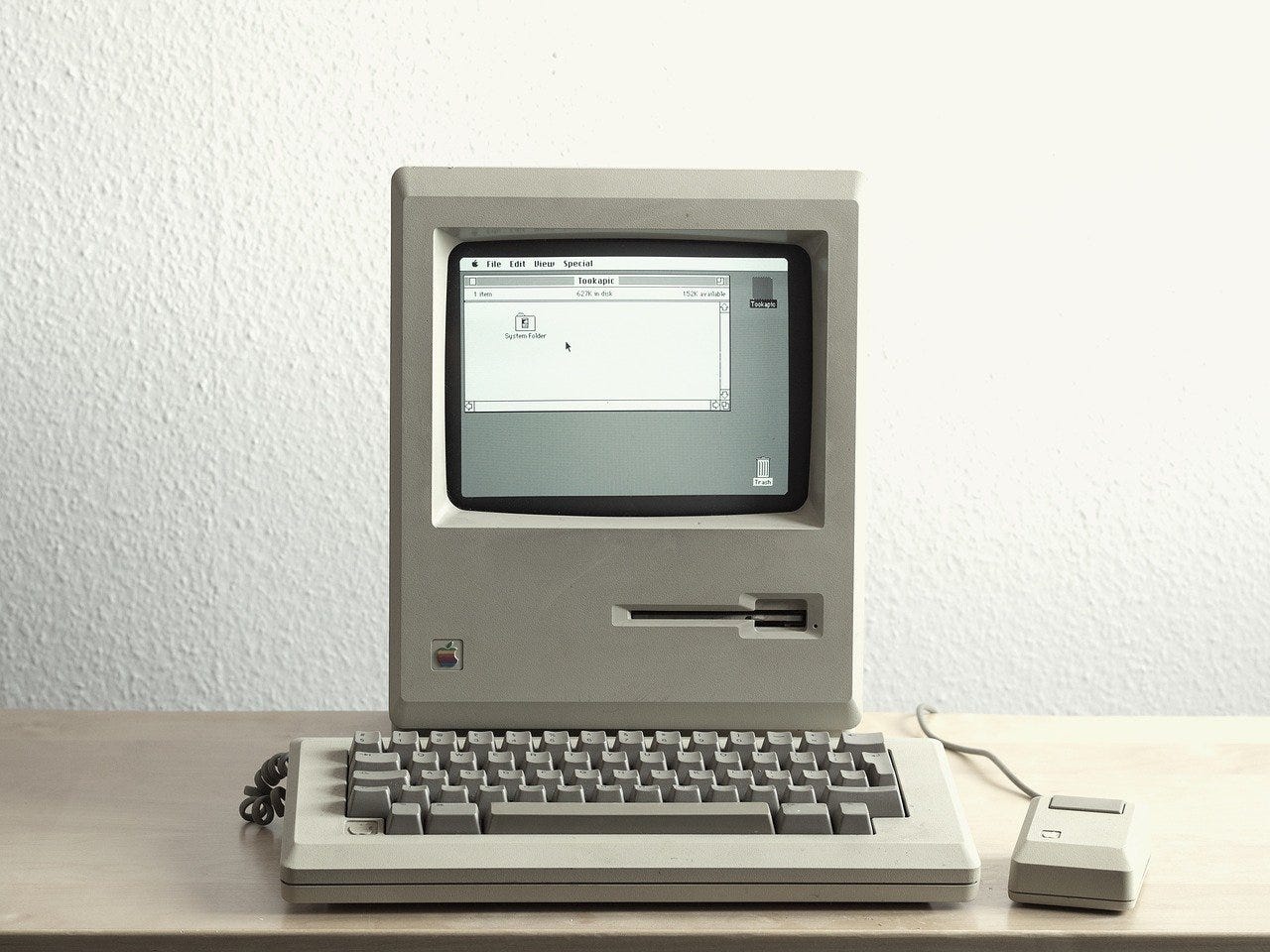

In fact, your computer already knows that files that end in. Figure 1-3 illustrates the process.įigure 1-3. A web browser is designed to do two things really well: contact remote computers to ask for web pages, and then display those pages on your computer.Īlthough you usually ask your browser to retrieve pages from the Web, you can also use it to view a web page that’s stored on your computer, which is particularly handy when you’re practicing your HTML skills. The end result is a graphically rich page with different typefaces, colors, and links. Technically, this means the browser converts the plain text it receives from the server into a display document based on formatting instructions embedded in the page. When the browser gets that content, it puts its second skill into action and renders, or draws, the web page. The server heeds these requests and sends back the content of the desired web pages. A server is typically much more powerful than a home computer because it needs to handle multiple browser requests at once. The browser sends that request to a far-off computer called a web server. First, it requests web pages, which happens when you type in a website address (like or click a link in a web page. Without browsers, the Web would still exist, but you wouldn’t be able to look at it.Ī browser’s job is surprisingly simple-in fact, the bulk of its work consists of two tasks.

As you no doubt know, a web browser is a program that lets you navigate to and display web pages.


 0 kommentar(er)
0 kommentar(er)
